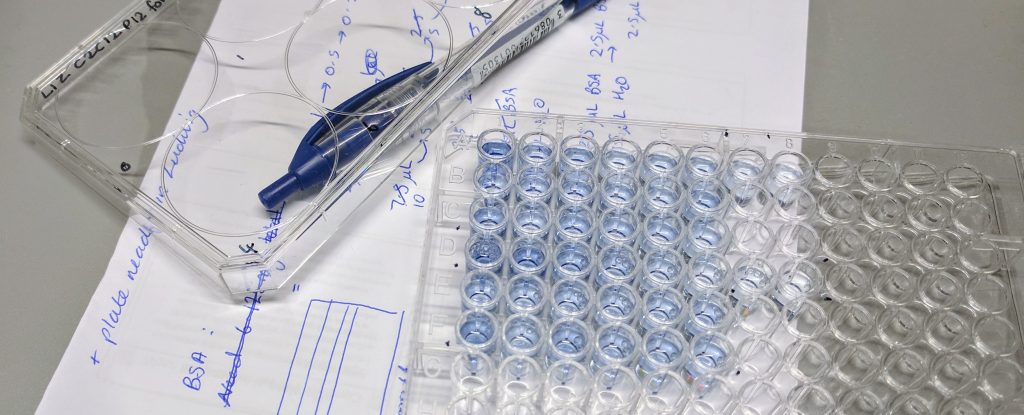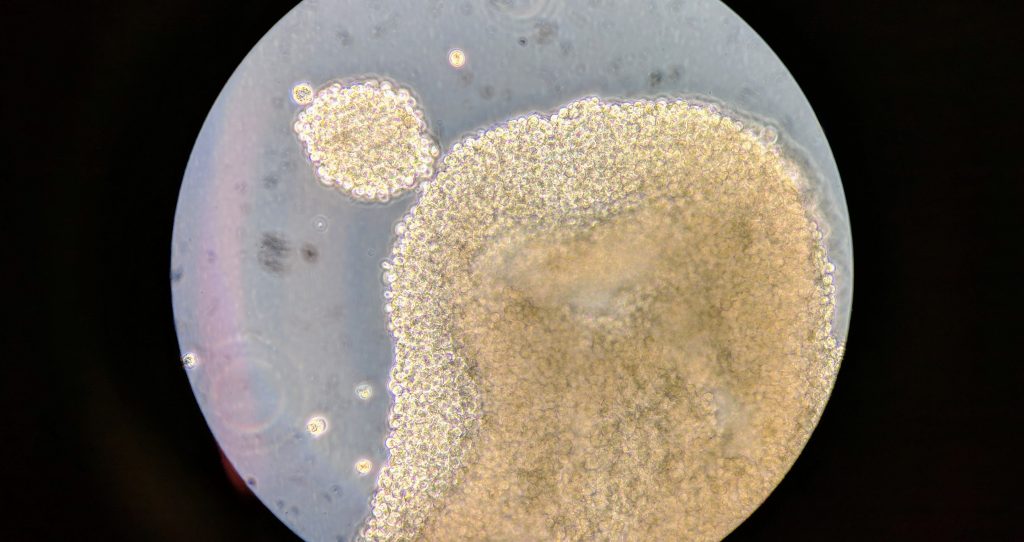
Hello world! I think I should let you know about the two diseases my project covers before we get started:
Firstly, diffuse intrinsic pontine glioma (DIPG for short) is a childhood brain tumour that grows in a part of the brainstem called the pons. The disease progresses rapidly and the fact that it grows within the brainstem, and invades into nearby tissue means that complete surgical removal is impossible. Furthermore, there are currently no effective chemotherapeutics, meaning that only 10% of patients live longer than 2 years following diagnosis.
Fibrodysplasia ossificans progressiva (FOP) is a rare genetic disorder that causes soft tissues in the body to turn into bone (called heterotopic ossification), which causes progressive immobility and co-morbidities. As inflammation can trigger heterotopic ossification, surgical attempts to remove the bone only serve to trigger even more to grow, and again there are currently no chemotherapeutics able to slow or reverse the formation of heterotopic bone.
In 2006 it was discovered that 100% of FOP patients have mutations in a gene called ACVR1, and in 2014 it was found that 25% of DIPG patients also have mutations in ACVR1 (along with other mutations). This gene encodes a receptor (ALK2) that sits on the cell surface, and is normally activated by ligands called bone morphogenic proteins (BMPs). FOP and DIPG mutations in ACVR1 mean that is can also be activated by a second set of ligands, called activins, and this leads to extra activation of this signalling pathway in FOP and DIPG cells. In FOP this causes muscle cells to mis-differentiate into bone cells. In DIPG cells this contributes to the formation of cancer, but exactly how is not yet known.

A sphere of DIPG cells as seen through a microscope
The aim of my project is to use cells originally from FOP and DIPG patients to understand how the mutations change how the ALK2 protein interacts with signalling networks within the cell, and how these changes in signalling alter the behaviour of cells so that they become cancerous. In addition, I will complete a small screen of small molecule compounds that may be therapeutically effective against DIPG cells. I hope that my work will contribute to developing chemotherapeutics that can slow or reverse the progression of FOP and DIPG.
Finally, I would like to thank the groups funding this project: the Simcox family, FOP friends, and The Brain Tumour Charity. Without them none of this work would be possible.
